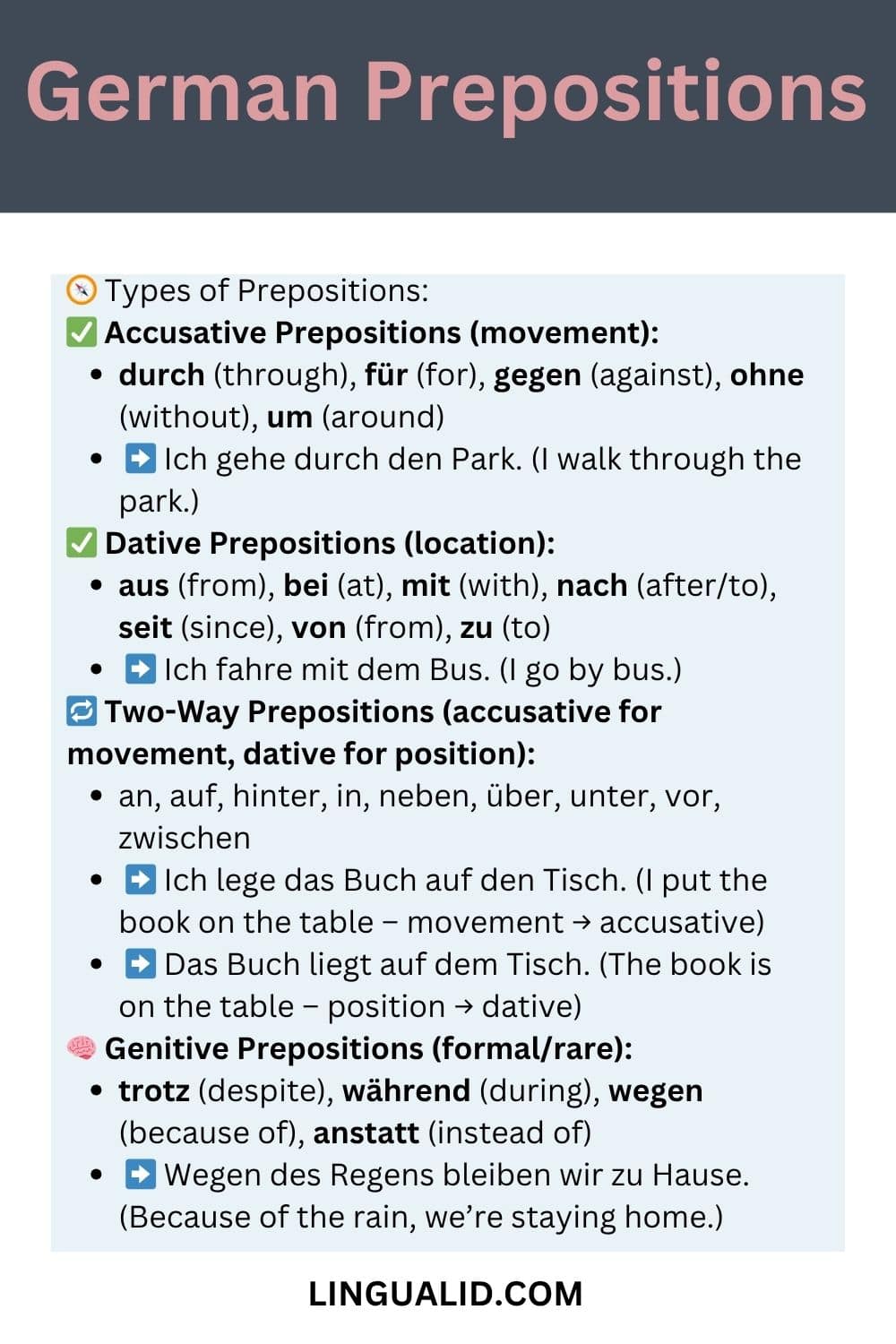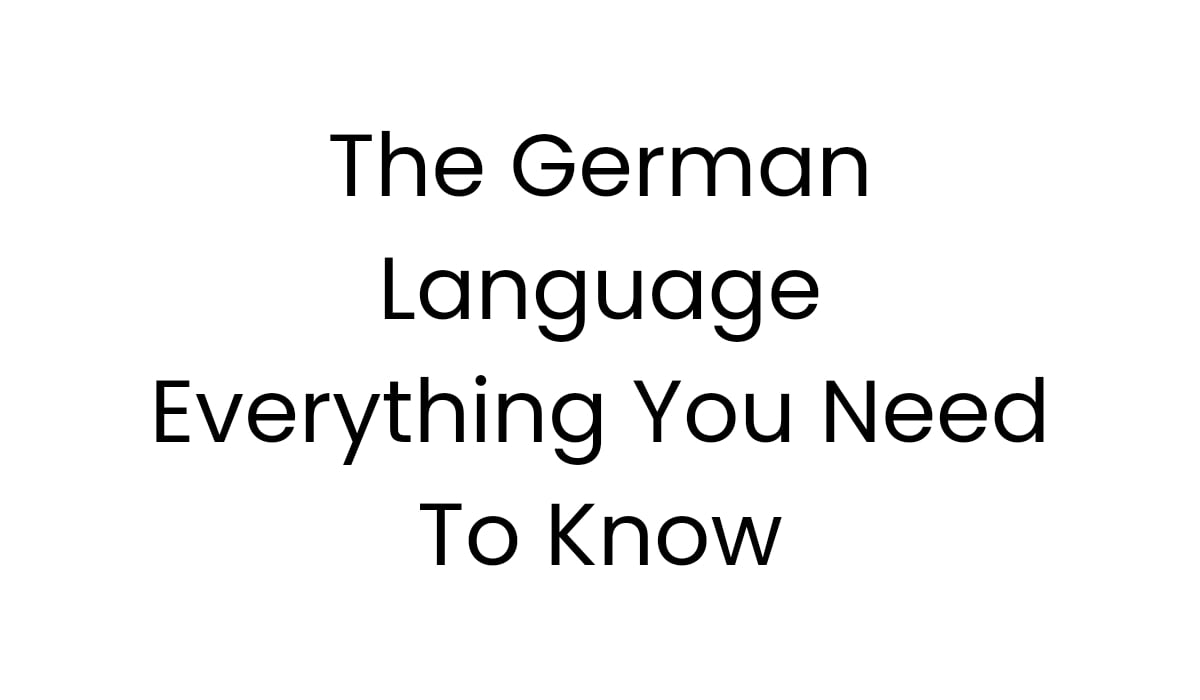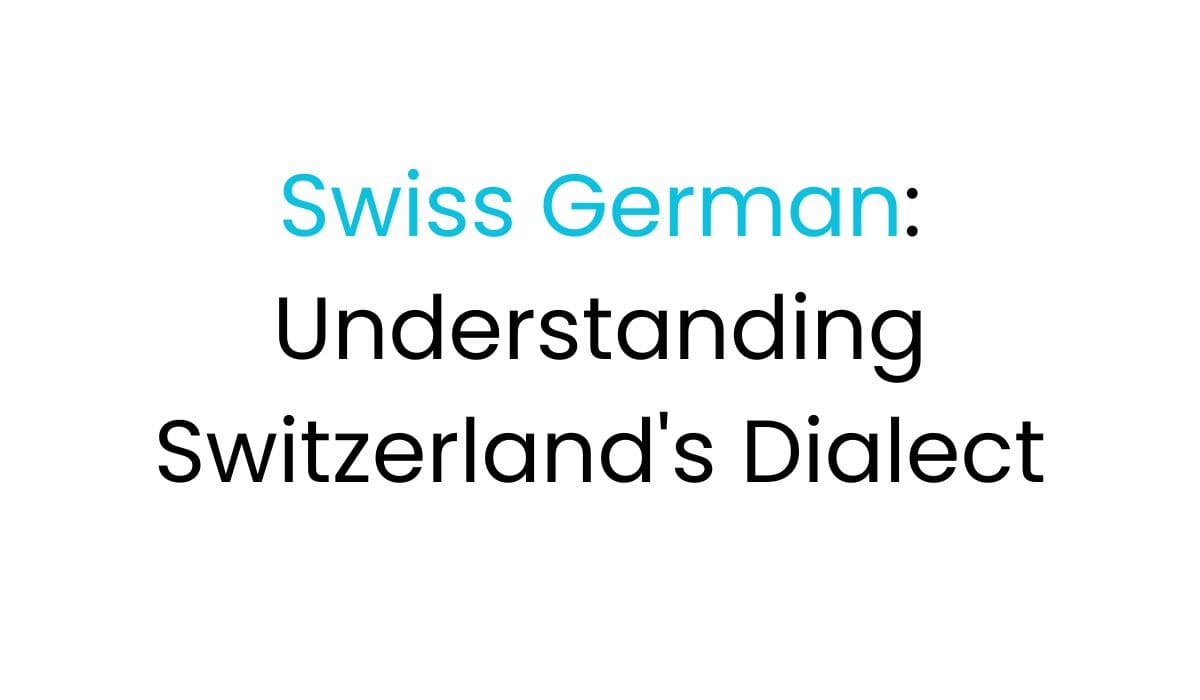German prepositions are key to connecting words and adding context to sentences. They are small but very important in German grammar. They help learners talk about where things are, when they happen, and how things relate to each other.
Learning German prepositions is more than just memorizing them. Each preposition works with specific grammatical cases. This can be tricky for English speakers trying to learn German.
In this guide, we’ll dive into the world of German prepositions. We’ll look at how to use them, their functions, and the rules for effective German communication.

Key Takeaways
- German prepositions connect nouns and pronouns with other sentence elements
- Different prepositions require specific grammatical cases
- Precise preposition usage is critical for clear communication
- Two-way prepositions offer flexibility in expressing movement or location
- Mastering prepositions requires practice and understanding context
- Key Takeaways
- Breaking Down the Case Basics
- Noun Declensions Explained
- Practical Implications
- Common Accusative Prepositions
- Usage Examples with Specific Prepositions
- Special Cases and Exceptions
- Motion vs. Static Position
- Practical Applications and Examples
- Common Mistakes to Avoid
- Using Prepositions for Days and Dates
- Expressing Specific Times
- What are German prepositions, and why are they important?
- How do German prepositions relate to the case system?
- What are the different types of German prepositions?
- How do two-way prepositions work in German?
- Are there any shortcuts to learning German prepositions?
- How do prepositional contractions work in German?
- What are some common mistakes learners make with German prepositions?
- How can I improve my understanding of German prepositions?
- Do genitive prepositions still matter in modern German?
- How do prepositions change when expressing time and location?
Understanding the German Case System
Learning German means getting to know a complex grammar. The German case system is key to this. It’s what makes German sentences different from English.
In German, words change form based on their role in a sentence. There are four main cases:
- Nominative Case
- Accusative Case
- Dative Case
- Genitive Case
Breaking Down the Case Basics
German nouns come in three genders: masculine, feminine, and neuter. Each case changes these nouns in a unique way. This makes learning German a bit tricky.
Noun Declensions Explained
The case system affects how articles and pronouns change. For instance:
- Nominative case shows the subject
- Accusative case points to the direct object
- Dative case shows the indirect object
- Genitive case shows possession
Practical Implications
Grasping these cases is vital for learning German. It’s tough, but mastering it lets you build correct sentences. You can then share complex ideas clearly.
Pro tip: Practice is key to understanding the German case system. Regular practice and study will help you grasp these rules.
German Prepositions and Their Basic Functions
Prepositional phrases in German are key to connecting words and showing complex relationships. They are small but very important in learning German. They help us understand time, space, and direction.
German prepositions have several main roles in talking and writing. They usually come before nouns or pronouns. They help describe:
- Location and spatial relationships
- Time and temporal contexts
- Direction of movement
- Manner of action
Learning about prepositions is vital in German. There are over 80 prepositions in German, with about half used daily. They fall into four main groups:
- Accusative prepositions: Indicate manner and time
- Dative prepositions: Show relationships and directions
- Two-way prepositions: Can be used with different cases
- Genitive prepositions: Express possession or reference
You’ll often see prepositions like mit (with), von (from), and zu (to). Each one has its own meaning that can change a sentence’s meaning. This makes them crucial for clear communication in German.
Accusative Prepositions in German
German grammar can be tricky, especially with prepositions. Accusative prepositions are key to understanding German. They always need the accusative case, changing the direct object’s form.
Knowing Accusative Prepositions is vital for German Grammar skills. Learning them helps you make sentences sound natural and accurate.
Common Accusative Prepositions
German has many prepositions that always use the accusative case. Here are the most important ones:
- Durch – meaning “through”
- Für – meaning “for”
- Gegen – meaning “against”
- Ohne – meaning “without”
- Um – meaning “around”
Usage Examples with Specific Prepositions
Let’s see how these Accusative Prepositions work in real-life situations:
| Preposition | Example Sentence | English Translation |
|---|---|---|
| Durch | Ich gehe durch den Park | I walk through the park |
| Für | Ich kaufe ein Geschenk für meinen Bruder | I buy a gift for my brother |
| Gegen | Er kämpft gegen die Ungerechtigkeit | He fights against injustice |
Special Cases and Exceptions
While most Accusative Prepositions follow the same rules, some situations need extra care. Native speakers use these prepositions in different ways. It’s important to know these variations.
Practice is key to mastering German Prepositions. The more you practice, the more comfortable you’ll become with them.
Mastering Dative Prepositions

Dative prepositions are key in German grammar but can be tricky for learners. They always need the noun or pronoun after them to be in the dative case. Knowing these prepositions is essential for making correct German sentences.
The German language has 10 main dative prepositions that learners must get right:
- mit (with)
- bei (at, near)
- von (from, of)
- seit (since, for)
- zu (to)
- außer (except for)
- nach (after, to)
- gegenüber (opposite)
- aus (from, out of)
- ab (from)
Each preposition has its own meaning. For instance, mit means “with,” and bei is about location or closeness. The preposition von can mean “from,” “of,” or “by,” making it a bit tricky to use.
Getting good at dative prepositions takes practice. English speakers might find it hard because English doesn’t use the dative case as much. A good way to learn is to memorize common phrases and practice using them in sentences.
Knowing dative prepositions well will boost your German skills. You’ll be able to speak and write more clearly. Listen to native speakers, use apps to learn, and don’t worry about making mistakes.
Two-Way Prepositions: Understanding the Dual Cases
Learning German prepositions can be tough, especially the two-way ones. These special words are key to German sentences and need practice.
Two-way prepositions change their case based on movement or position. Knowing how to use them is crucial for speaking German well.
Motion vs. Static Position
The main difference in two-way prepositions is their case usage:
- Accusative case: Used for movement towards a place (answering “wohin?” – where to?)
- Dative case: Used for staying in a place (answering “wo?” – where?)
Practical Applications and Examples
Here are some common two-way prepositions and how to use them:
| Preposition | Accusative (Movement) | Dative (Position) |
|---|---|---|
| in | Ich gehe in den Raum (I go into the room) | Ich bin im Raum (I am in the room) |
| auf | Ich steige auf den Stuhl (I climb onto the chair) | Ich sitze auf dem Stuhl (I sit on the chair) |
Common Mistakes to Avoid
When using two-way prepositions, avoid these mistakes:
- Always using accusative case when dative is needed
- Confusing movement with staying in a place
- Not changing the article based on the case
Practice and listening to native speakers are key to mastering these prepositions. Understanding the difference between moving and staying will boost your German skills.
Genitive Prepositions in Modern German

Learning German prepositions can be tough, especially the genitive case. German Grammar shows how old rules are changing in today’s language.
In modern German Language Learning, genitive prepositions are changing a lot. Even though they’re still used, people often choose dative prepositions in daily talks.
- 4 most common genitive prepositions:
anstatt (instead of)
trotz (despite)
während (during)
wegen (because of)
These prepositions show how complex German grammar can be. About 50 genitive prepositions are used in formal writing like academic papers and legal documents.
German speakers use these prepositions differently in talking versus writing. In everyday talk, dative forms often take over the traditional genitive ones. This shows how language is always changing.
- Less common genitive prepositions include:
außerhalb (outside of)
innerhalb (inside of)
oberhalb (above)
unterhalb (below)
It’s key to understand these small changes in grammar for mastering German. Knowing both formal and casual uses helps learners talk and write better in different situations.
Prepositions in Time and Date Expressions
Learning German prepositions for time and dates is key. These small words help share exact times clearly.
German prepositions are tricky when talking about time. Knowing when to use an, in, and um boosts your speaking skills.
Using Prepositions for Days and Dates
German speakers use certain prepositions for days and dates:
- Use am for days and dates
- Examples include:
- am Montag – “on Monday”
- am ersten Mai – “on May 1st”
Expressing Specific Times
The preposition um is key for specific times in German:
- Use um before exact times:
- um sechs Uhr – “at 6 o’clock”
- um zwanzig Uhr – “at 8 pm”
- um Mitternacht – “at midnight”
- um halb zwei – “at 1:30 pm”
Practicing these prepositions will make you more confident in talking about time and dates in German. It will make your language skills more natural and accurate.
Expressing Location and Direction with Prepositions
Understanding German prepositions is key to navigating the language. They help us talk about where things are or where we’re going. Learning these prepositions can greatly improve your German skills.
Prepositions change based on the location and movement. Here’s a list of important ones:
- Nach: Used for countries, continents, cities, and towns without articles
- Ich reise nach Deutschland (I travel to Germany)
- Ich fahre nach Berlin (I’m going to Berlin)
- In: Used for countries with articles and enclosed spaces
- Ich reise in die Schweiz (I travel to Switzerland)
- Ich bin in der Kirche (I am in the church)
The right preposition depends on the location and if you’re moving or staying put.
| Preposition | Usage | Example |
|---|---|---|
| auf | Surfaces, islands, mountains | Ich bin auf dem Berg (I am on the mountain) |
| an | Borders, water-related locations | Ich stehe am See (I’m standing at the lake) |
| bei | Specific locations, businesses | Ich arbeite bei McDonald’s (I work at McDonald’s) |
Tip for learners: Watch out for articles and case changes. Some prepositions need different cases for movement or staying in one place.
German Prepositional Contractions
Learning German means getting to know prepositional contractions. These are important for mastering German prepositions. They make speaking and writing in German smoother and more natural.
In German Language Learning, it’s key to learn contractions like “im” (in dem), “zum” (zu dem), and “zur” (zu der). They help make communication easier and sound more like a native speaker. For example, instead of saying “in dem Haus” (in the house), Germans say “im Haus”. This makes the language flow better.
The most common contractions involve articles with “zu”, “in”, “an”, and “bei”. It’s important to practice these: “zum” (to the), “im” (in the), “ans” (to the), and “beim” (by the). Each one has its own meaning and shows how precise German is.
Learning these contractions is more than just grammar. It’s about getting the rhythm and efficiency of German. Using these forms in your speech will make your language skills more real and authentic.
FAQ
What are German prepositions, and why are they important?
How do German prepositions relate to the case system?
What are the different types of German prepositions?
How do two-way prepositions work in German?
Are there any shortcuts to learning German prepositions?
How do prepositional contractions work in German?
What are some common mistakes learners make with German prepositions?
How can I improve my understanding of German prepositions?
Do genitive prepositions still matter in modern German?
How do prepositions change when expressing time and location?
Oualid Cheddadi is the founder of Lingualid, a platform that inspires independent language learners worldwide, regardless of the language they are learning. The name “Lingualid” is derived from the Portuguese word for “language,” “língua,” and the last three letters of Oualid’s name, “Lid.”



